
Ancient African Civilizations
The history of modern-day humans began in Africa. Then, it is no surprise that Africa was once home to several great ancient civilizations. Some of these civilizations existed over millennia ago, while others flourished more recently. These civilizations often built great structures that were marvels of the ancient world. In many cases, these structures still stand today. For the most part, the prosperity of Africa's ancient civilizations was highly dependent on trade and the exchange of knowledge. Ultimately, all of the continent's ancient civilizations met their end, though not before leaving a lasting legacy on the people they once ruled. Here are eight of Africa's greatest ancient civilizations.
1. Egypt
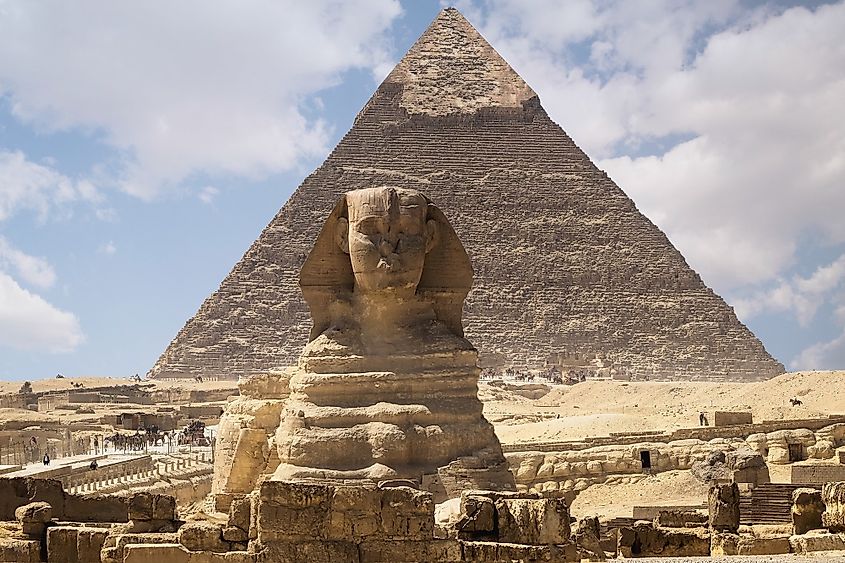
Ancient Egypt is arguably the most well-known of Africa's ancient civilizations. It began around 3400 BCE. Originally, there were two Egyptian kingdoms. One was Upper Egypt, which was based in what is now central and southern Egypt, along the Nile River. The other kingdom was Lower Egypt, based primarily in the Nile Delta region of present-day northern Egypt. In 3100 BCE, King Menes of Upper Egypt conquered Lower Egypt and united the two kingdoms. During the period of the Old Kingdom (c. 2686 – 2181 BCE), the Egyptians built the pyramids for which the ancient civilization is best known, including the Great Pyramid, which is one of the Seven Wonders of the Ancient World.
2. The Kingdom Of Kush
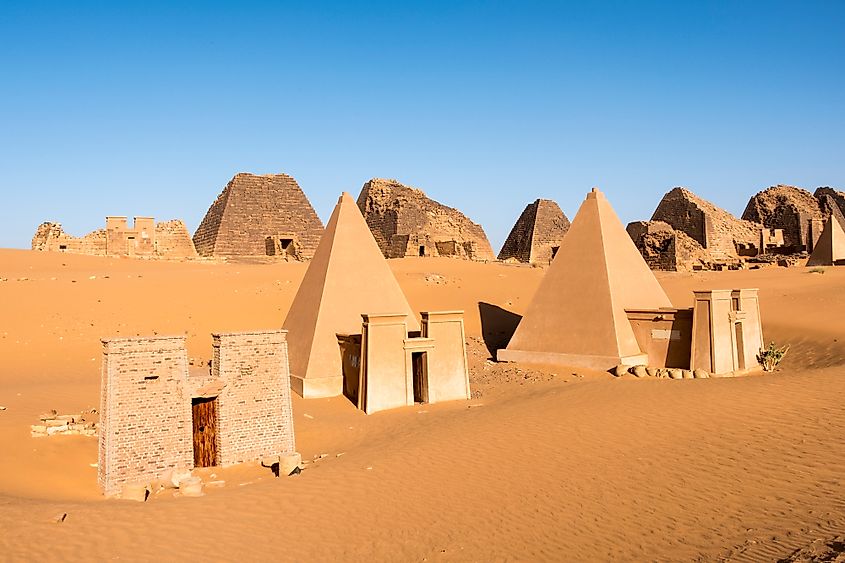
The Kingdom of Kush flourished between c. 1069 BCE and 350 CE. It controlled a large swathe of territory along the Nile River in what is now northern Sudan. The kingdom was an economic center that operated a lucrative trade in ivory, incense, iron, and gold. It was both a trading partner and rival of ancient Egypt to the north. In fact, in the 8th century BCE, the Kushites conquered Egypt, establishing the 25th Egyptian Dynasty, which would rule Egypt for more than a century. The area surrounding the ancient Kushite capital of Meroe is now home to the ruins of over 200 pyramids – more pyramids than in all of Egypt.
3. Punt
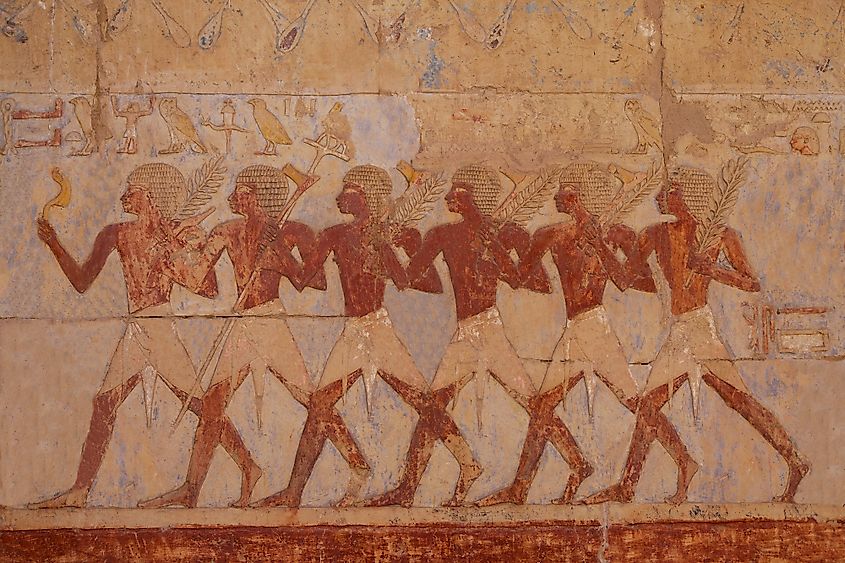
There is no definitive consensus on where ancient Punt was located. Still, most scholars believe it was situated somewhere in East Africa, possibly along the Red Sea coast and/or present-day northwestern Somalia, Djibouti, and Eritrea. The kingdom was established around the year 2500 BCE. Most of what is now known about ancient Punt comes from ancient Egyptian sources, which hold that the kingdom was rich in ebony, gold, myrrh, and exotic animals such as apes and leopards. Egypt was a major trading partner of Punt. Punt also had a profound cultural and religious influence on ancient Egypt. In fact, the ancient Egyptians believed that Punt was their place of origin, calling it "the Land of the Gods."
4. Carthage
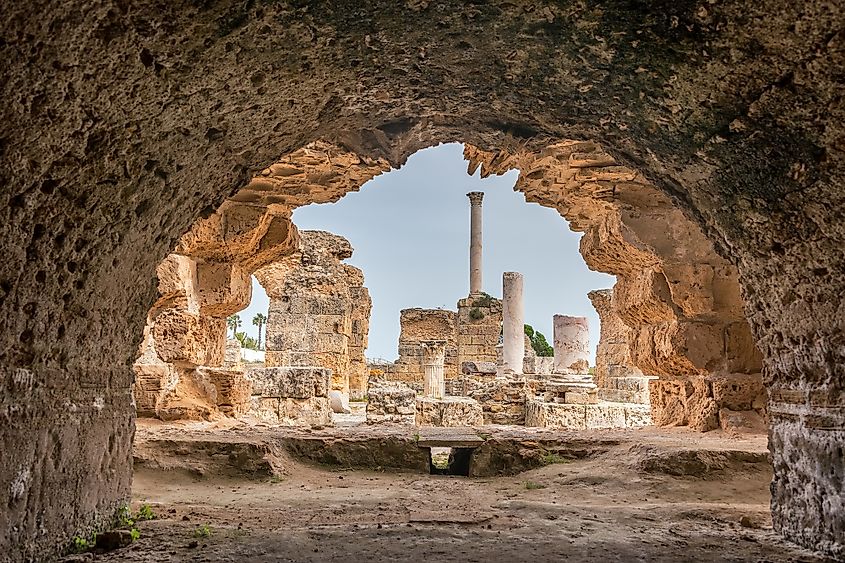
Carthage began as a city-state in what is now Tunisia around the 8th or 9th century BCE. The city was built by Phoenician settlers, who migrated to the area from ancient Lebanon. Eventually, Carthage grew into a far-flung sea-faring empire, which controlled large parts of coastal North Africa, the southern Iberian Peninsula, and all or part of the Mediterranean islands of Corsica, Sardinia, and Sicily. At its height, Carthage itself had a population of nearly half a million inhabitants. By the mid-3rd century BCE, the Carthaginian Empire came into conflict with another ancient great power, the Roman Empire, which led to the Punic Wars. These wars ended in 146 BCE.
5. Aksum
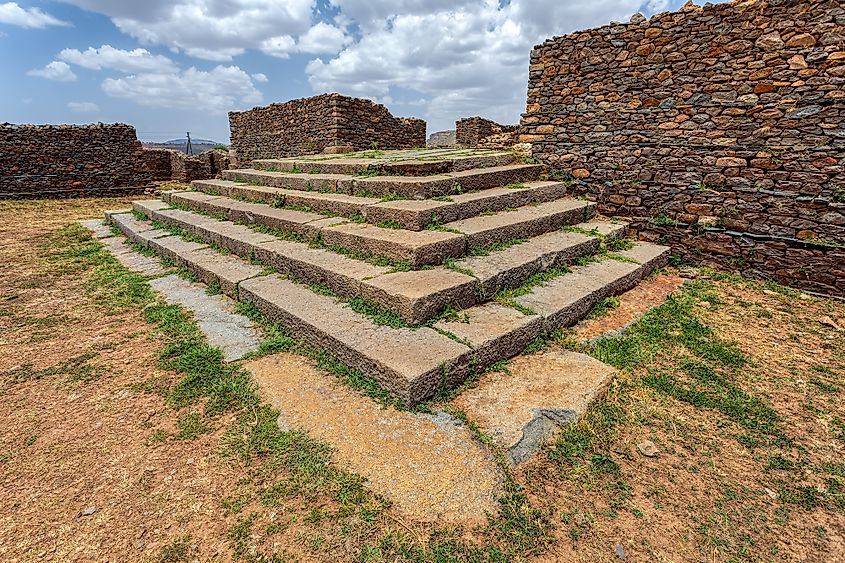
The Kingdom of Aksum existed from about the 4th century BCE to the 10th century CE in what is now Eritrea and Ethiopia. It is thought that the kingdom was the Biblical Ark of the Covenant's resting place and the homeland of the Queen of Sheba. By the 2nd and 3rd centuries CE, Aksum was a trading giant and vital conduit for trade between ancient Europe and the Far East. Its most important commodities were gold and ivory. Aksum was among the first empires to adopt Christianity. By the 7th or 8th centuries CE, the empire went into decline, though its religious legacy still exists in the form of the Ethiopian Orthodox Church.
6. Mali Empire
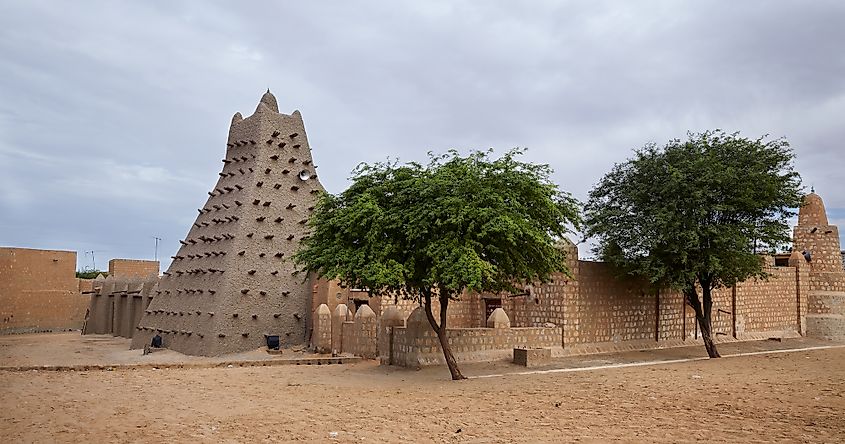
The Mali Empire emerged in the 13th century CE and lasted until the 16th century CE. It largely owed its success to the vast gold deposits within its territory, which consisted of a large swathe of West Africa, from the Atlantic Ocean to the border between present-day Mali and Niger. In fact, at one point, the Mali Empire was thought to have produced two-thirds of the world's entire gold supply. The person believed to be the empire's greatest ruler, Mansa Musa, who ruled during the early 14th century, was so rich that his wealth is inconceivable even by today's standards. Under the rule of the Mali Empire, the city of Timbuktu, now located in present-day Mali, became a prominent center of learning in the Islamic world.
7. Songhai Empire
The Songhai Empire was formed in the 15th century. It included some of the territories formerly under the control of the Mali Empire. In fact, the Songhai Empire largely replaced the Mali Empire as the prominent power in the region. At its height, the Songhai Empire was bigger than all of Western Europe. It owed its success to vigorous trade policies and a sophisticated bureaucratic system of government. Like the Mali Empire, the Songhai Empire also controlled Timbuktu at one time, opening many Islamic schools in the city. The Songhai capital, Gao, once boasted a population of 100,000.
8. Zimbabwe
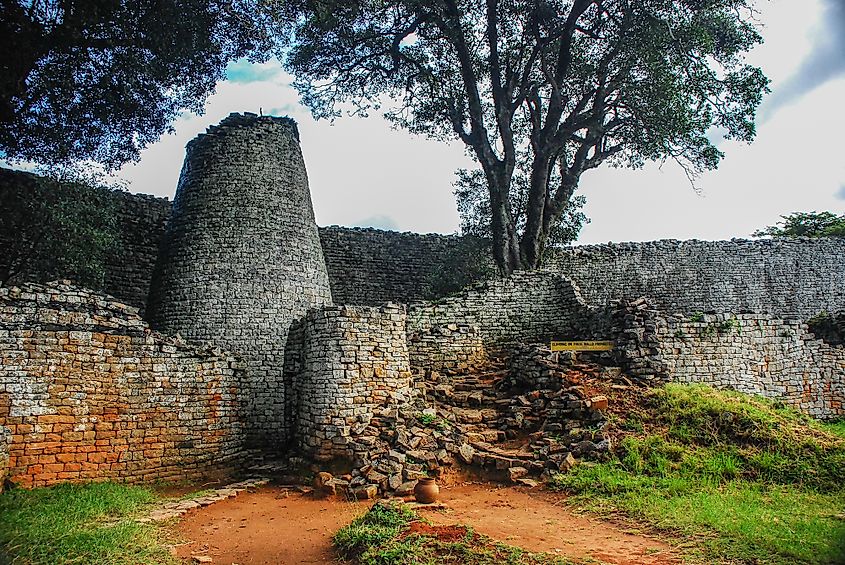
Zimbabwe is the name of an ancient city located in the present-day country of Zimbabwe. In fact, the country of Zimbabwe is named after the ancient city. Sometimes called Great Zimbabwe, the city was composed of imposing stone walls and various other stone structures. The name "Zimbabwe" in the language of the indigenous Shona people means "stone houses." The city dates back to the 10th century, though, between the 13th and 15th centuries, it was the center of a vast empire, which controlled a large chunk of territory in present-day Botswana, Zimbabwe, and Mozambique. The empire had an economy based on cattle husbandry, crop cultivation, and the trade of gold on the coast of the Indian Ocean. For reasons unknown, Great Zimbabwe was abandoned in the 15th century. At its height, it was home to an estimated 20,000 people.











